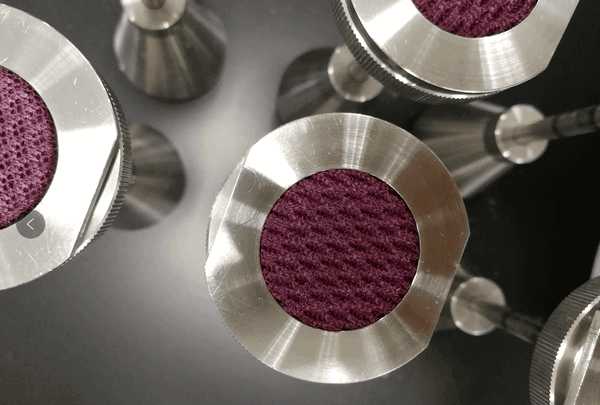- Qinsun Instruments Co., Ltd.
- Tell:+86-21-6780 0179
- Phone:+86-17740808215
- Address:No. 2578 Minhang District Gu Dai Road, Shanghai
- Contact:Mr. Li
- QQ:846490659
What factors can affect the results of a flat abrasion test?

The flat abrasion test is a material testing method used to measure the surface wear or abrasion properties of a material. There are several factors that can affect the results of a flat abrasion test, including:
1. load: the load applied during the test affects the results. Higher loads result in more wear, which leads to a higher rate of material loss.
2. abrasive material: the type and hardness of the abrasive material used during the test affects the results. Harder abrasive materials, such as diamond, silicon carbide or tungsten carbide, may cause more damage to the material under test.
3. Speed: The speed at which the abrasive material moves across the surface of the material under test can also affect the results. Higher speeds will cause more damage, resulting in higher wear rates.
4. Surface Roughness: The level of surface roughness of the material being tested also affects the results. Materials with rougher surfaces tend to experience greater wear during testing.
5. Temperature and humidity: Changes in temperature and humidity can affect the test environment and ultimately the results. For example, high temperatures can cause a material to expand or become more brittle, affecting its ability to withstand wear.
6. test duration: the duration of the test can also affect the results. Longer test durations can provide more accurate wear resistance measurements, but can also result in greater material loss.
7. Surface Hardness: The hardness of the material being tested directly affects the results of the wear test. The harder the material, the better the wear resistance.
8. surface lubrication: if a surface lubricant is used in a wear test, it may affect the wear process and results. The use of a lubricant can reduce friction and wear between surfaces, which can change the results of the test.

9. Microstructure: The microstructure of a material can also have an effect on wear test results. Grain size, grain boundary distribution and the composition of the material can affect its wear resistance.
10. specimen shape and size: the shape and size of the specimen can affect the wear test results. The geometry and size of the specimen will determine the surface area subjected to wear during the test and the initial degree of wear.
11. conditions of use: The conditions of use used can also have an effect on the results of wear testing. For example, test results may vary in applications involving different loads, different operating speeds, or different operating environments.
12. Specimen Preparation: The manner in which the specimen is prepared may also affect the test results. Incorrect specimen preparation can lead to uneven wear, which can produce inaccurate results.
In summary, the above factors need to be considered and controlled when conducting flat and uniform wear tests to obtain accurate and reliable test results.





